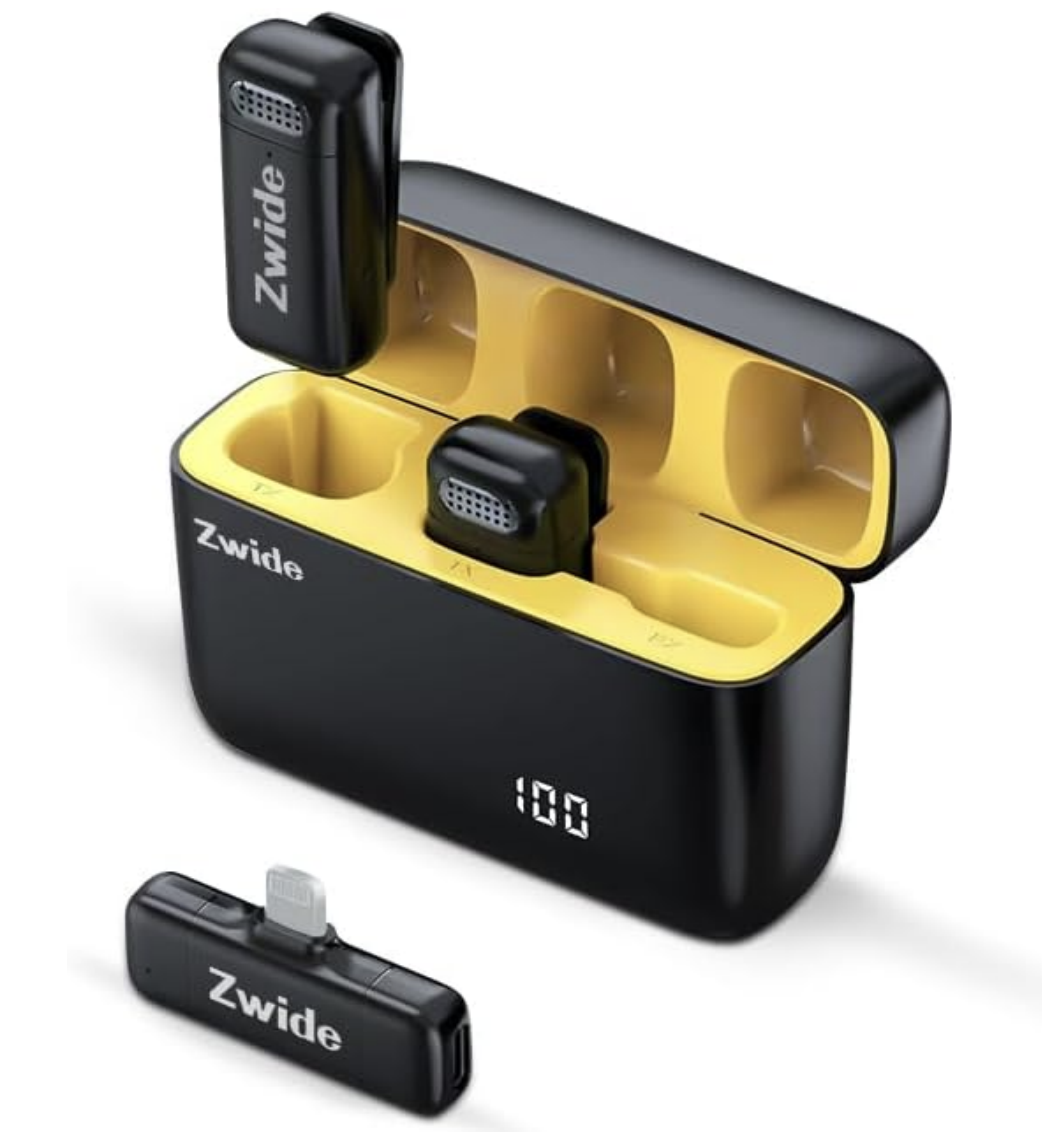If you’re not taking good notes, you’re setting yourself up for failure. Whether you’re managing two hives in the backyard or twenty in a full-size apiary, the decisions you make as a beekeeper are only as good as the information you remember. And let’s be honest, no one remembers everything. That’s why taking notes matters.
In this post, I want to walk you through the importance of hive records, how people have done it for years, why I think there’s a better way now, and how you can save hours of time using tools you probably already have.
Why Hive Notes Matter More Than You Think
Keeping records isn’t about creating a spreadsheet for the sake of having one. It’s about knowing what’s happening in your hives from one inspection to the next, and having the confidence that you’re acting on real data, not just memory.
Here are just a few things you should be tracking:
- IPM and varroa management: When did you last test for mites? What were the counts? What treatments have been applied, and how well did they work?
- Queen performance: How old is she? Is she laying a solid pattern? What traits does that colony have that are desirable (or not)?
- Brood condition: Spotty brood, drone layers, chalkbrood, or anything else unusual?
- Honey production: Are you on pace? Did you pull supers already? How much surplus do you expect?
- Hive temperament: Are they mellow or defensive? Are they trending better or worse over time?
- Seasonal or local bloom timing: This helps you anticipate flows and gaps year to year.
- Gear notes: Which hive stands are holding up? Which feeders worked best? Did that entrance reducer work as planned? Does the colony have a solid or screened bottom board?
Without records, these details blur together. You end up reacting instead of managing.
The Paper Method. Still Works (But…)
For decades, the default method for hive records has been pen and paper. And let’s be fair, it works.
There’s something timeless about scribbling down notes on a weathered clipboard or jotting thoughts in a logbook back at the truck. Paper doesn’t need batteries. It won’t crash. You can hand it to someone else. You can digitize it later. You can even draw sketches.
However, it has problems too:
- Hard to write when you’re gloved up and sweaty
- Propolis loves to stick to everything
- Paper doesn’t mix well with rain or wind
- Easy to misplace, rip, smudge, or forget entirely
I’ve used paper plenty of times, and when all else fails, it’s still a solid fallback, but for day-to-day field use, it’s clunky.
App-Based Options
There are a lot of beekeeping apps out there. Some are better than others. Some are free. Some are full-on data platforms with mapping, photo storage, and sharing options.
A few names that come up regularly include:
- HiveTracks
- Apiary Book
- BeePlus
- Beep
If you find one you like, that’s great. Use it. For some people, tapping notes into a phone or tablet works just fine. In my experience, many of these apps are either too clunky, too complicated, or just hard to use with a veil on and gloves halfway up your arms.
That’s why I started doing it differently.
The Better Way: Voice Notes + Transcription + ChatGPT
This changed everything for me. I stopped trying to write in the bee yard and started recording instead.
Here’s the setup I use:
I picked up this wireless mic kit on Amazon for $17 (currently 50% off as of 7/20/25): 👉 https://amzn.to/420cD2Y
It comes with two transmitters and a single receiver that plugs into your phone. This means you and a partner can both be recording at the same time, hands-free, while doing your inspection.
Just open the voice memo app on your phone and start talking:
- “Colony 3: queen present, great pattern, added second super”
- “Varroa test came back 1 per 100, no treatment needed yet”
- “Marked queen yellow, pulled one swarm cell”
That’s it. You can narrate the whole thing like you’re giving instructions to your future self.
When you’re done:
- Upload the audio to Riverside’s free transcription tool
- Paste the transcript into ChatGPT with a prompt like: “Summarize these beekeeping inspection notes and organize them by hive in a table sorted by hive number on each row”
- Export to a spreadsheet, and you’re done
It takes maybe five minutes, and you now have fully legible, organized notes that can be saved, printed, shared, or archived.
Want to see how I set it up? I walk through it all in this video: 🎥
Notes Should Serve You, Not the Other Way Around
It does not matter how long you’ve been keeping bees. Everyone benefits from better records. Whether you’re tracking mite counts, watching a new queen, or trying to figure out why Hive 6 keeps going sideways every July, your notes are the key.
The goal isn’t to document every leaf on every tree. It’s to create a record that helps you make better decisions, faster, with less guesswork.
Use paper if it works for you. Try an app if that fits your style. However, if you want a faster, cleaner way to document your hives, this voice-first system works. It works for me. It’ll work for you.
If you’re already using your phone for video or photos, this just adds another layer of value without much extra effort.
Final Thoughts
Good notes don’t have to be a burden.
With a $17 mic, a smartphone, and five minutes of post-inspection time, you can have a complete record of every hive visit without writing a single word in the field.
Want More Beekeeping Info?
Watch on YouTube
https://youtube.com/@beekeepingfornewbees
Join the Discord Community
https://discord.gg/XzkqFKrjMJ
Visit the Beekeeping For Newbees Website
https://beekeepingfornewbees.com
Listen to the Podcast
https://redcircle.com/shows/ab7c88ae-8e97-40af-9108-fb38cf105aed
Want to learn more?
Join the waitlist for our Master Beekeeper Program:
https://beekeepingfornewbees.com/master-beekeeper-program
